
9 minute read
20 WAYS TO REDUCE ENERGY USE AND LOWER BILLS HOW TO SAVE ENERGY AT HOME
Knowing how to save energy at home is crucial. It can save you money because your energy bills will be lower, and you’ll be playing your part in reducing the use of fossil fuels and mitigating the effects of climate change.
We’ve also asked the experts to share their advice on energy conservation –and thus saving money – as well. So, whether you live in an older house or a newer one, discover the ways to save energy at home.
Switch Energy Supplier
Some electric utility customers have the option to choose an alternate electricity supplier, according to the US Energy Information Administration. The way to find out if this is a possibility? Contact your distribution utility or the utility regulatory commission (opens in new tab) in your state.
Whether your home is old or newer, there are plenty of ways to save energy. The rewards? Lower bills and a home that makes less impact on the planet.
In the UK, you could be overpaying for your energy if you haven’t switched suppliers recently – or ever. Sadly, loyalty doesn’t pay off when it comes to staying with the same provider for years. Use our energy comparison tool to find out if you could save.
Using a smart meter to cut down on energy use.
Conduct A Home Energy Audit

You can call in a professional to find out how to save energy at home, but you could conduct your own home energy audit, which will provide useful information whatever type of home you live in.
Look for air leaks, check insulation, and inspect heating and cooling equipment, which should take place at least once a year or according to the manufacturer’s recommendation.
Fill Gaps Between Floorboards
Filling gaps between floorboards is one of the top energy saving ideas for owners of older homes. Old floorboards add character to a room, yet it’s astounding how muchheat can be lost through the gaps between them: added up together it can be the equivalent of a small window being permanently left open.
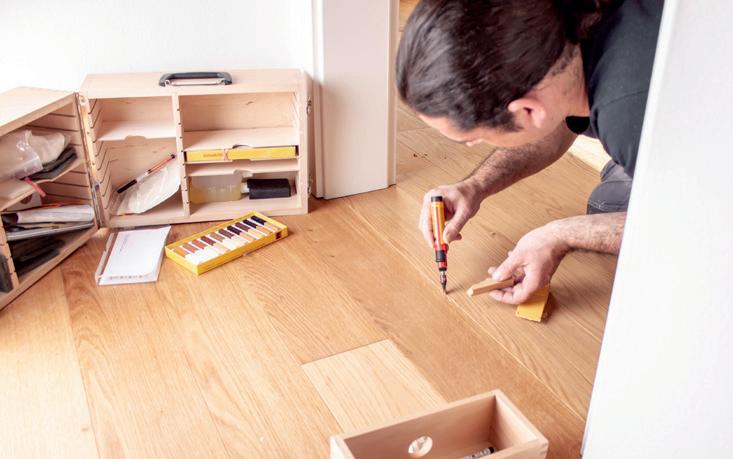
While simply laying down a large area rug in winter can provide extra insulation, learning how to fix drafty floorboards is a DIY skill worth having under your belt, and offers a better solution long term.
Swap To Led Lighting
Energy for lighting accounts for around 10 per cent of your electric bill so an easy way to adopt better energy conservation measures and lower your spend is by updating light fittings and swapping to light-emitting diodes (LEDs), which can instantly reduce consumption of electricity.
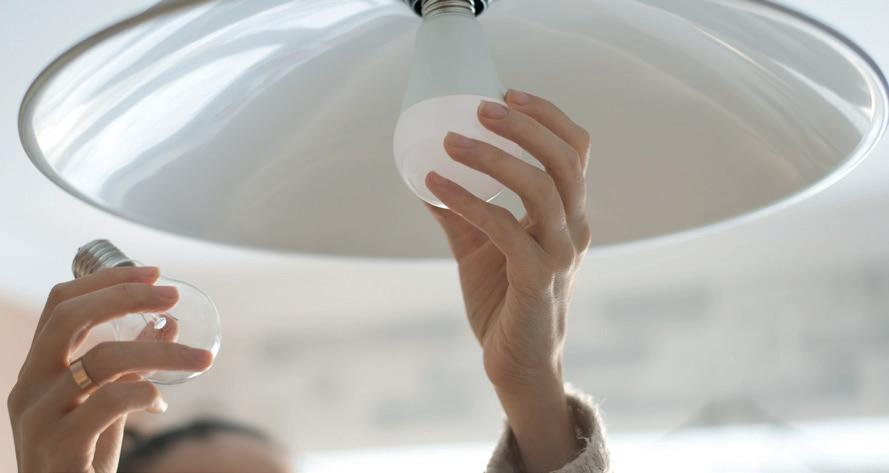
While LED lamps can be expensive to buy, on average these last 25,000 hours, and savings in electric bills will usually offset the cost.
Have More Control With Smart Lighting
While investing in a smart lighting system means making a slight initial investment, you’re sure to make a saving – both cost and energy wise – in the long term. Particularly if you’re switching over directly to more efficient bulbs or simply investing in smart plugs in order to control and monitor your plugin appliances’ energy usage.
In addition to being one of our favourite energy saving ideas, we like smart lighting buys because they help users streamline their lighting system. That’s thanks to the option to control all the lights in your home from your smartphone. There are a whole host of smart lighting gadgets to pick from but the Philips Hue Starter Kit is a great place to get started.

Review Your Heating And Cooling System
A yearly professional check and cleaning of heating and cooling equipment is important. It’s also vital to check the filters of a forced-air furnace and replace them as needed.
In the UK, meanwhile, if your home heating system is powered by a boiler an annual service is important to ensure it is working as well as it should. But if it’s more than 10 years old you should consider replacing it with a highly efficient condensing model, which can save you up to £300 per year or look at alternatives like an air source heat pump.
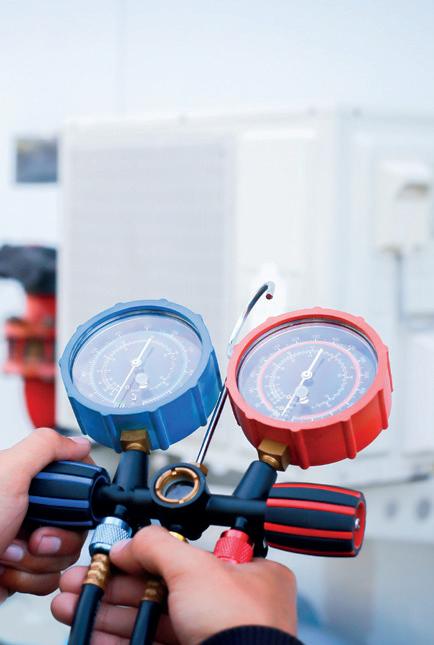
If your radiators aren’t working effectively, check to see if they are colder at the top than at the bottom, as this means there could be trapped air in the system. Learn how to bleed a radiator – it’s a straightforward task that can be done on a DIY basis.
If, however, the top of the radiator is hot and the bottom cold, or generally they aren’t that warm, then there is probably sludge in the system that needs flushing out – a process that usually costs around £500.
DRAFT-PROOF DOORS AND WINDOWS
When you’re focusing on how to save energy at home, you can make good wins with simple improvements, and one of these is fixing air leaks, including those from doors and windows.
Use caulking to seal leaks due to cracks and gaps where the components are stationery. Where they move, go for weatherstripping instead.
It’s also worth considering replacement of old drafty windows and doors for improved energy conservation. Look for those with Energy Star and NFRC labels.
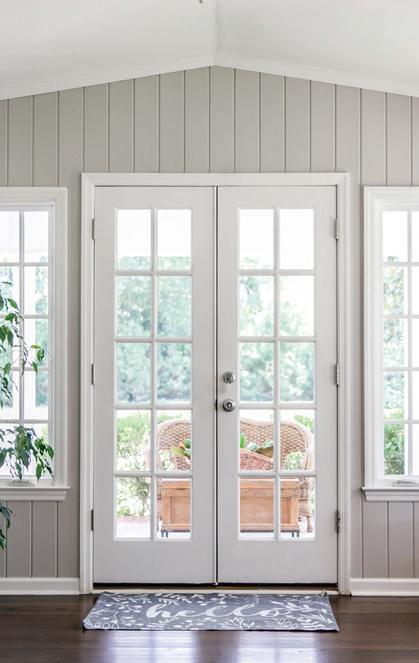
Insulate The Loft
Whichever type of climate you live in, insulating your loft is vital as part of a plan about how to save energy at home.
In the UK, the most widely used material for loft insulation is mineral wool (around 27cm to 30cm deep) as, at around £20 per roll, it is very cost-effective. Although unpleasant to fit, requiring the use of protective clothing, mineral wool has good fire resistance and sound-insulation qualities.
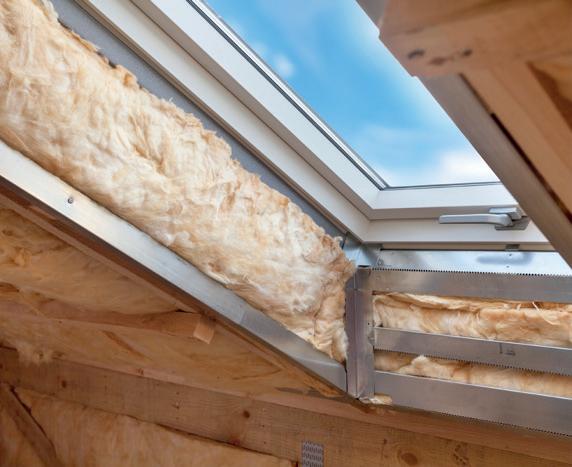
‘Installing windows that are catered to your region’s climate and directly serve your home’s needs allows your thermostat to take a break and achieve your desired temperature without extra work,’ says Keith Gutterman, VP of marketing and business at Storm Tight Windows.
Sash windows can also be an issue due to the necessary gap around the sliding mechanism, but in the UK specialist companies such as Ventrolla and The Sash Window Workshop can add discreet draft-proofing. It’s possible to restore and maintain timber windows in old homes as well as maintain and repair metal framed windows.
Natural materials, such as sheep’s wool quilt or loose cellulose (made from recycled newspaper) are nicer to work with and well suited for use in older houses, but also consider a breathable spray foam insulation such as Icynene.
Add Smart Heating Controls
Smart thermostats can help you save an unbelievable amount of energy – and money – on an annual basis, and it’s worth getting savvy about what a smart thermostat is.

With the best smart thermostats capable of learning your heating and cooling behaviours – and consequently how best to streamline them – they’re perfect for reducing your energy bill. What’s more, you’ll be able to see your saving thanks to monthly reports.
Not only can old window frames be the cause of drafts, but the glazing is often single pane.
If you take this route, make sure you opt for low-e storm windows. These have a low emissivity coating on the glass which reduces heat transmission. Fit these and savings

Fit Storm Windows
of between 12 and 33 per cent on heating and cooling costs can be achieved. You could look at fitting secondary glazing which also cuts down on road noise, and the panels are usually very discreet and can be opened when needed.
Invest In A Heat Pump
The most commonly used type of heat pump is an air source heat pump, but there are also water source and geothermal options. If your home doesn’t have ducts, you can opt for a ductless version of an air source heat pump which is called a mini-split heat pump. While renewables can give considerable sav- ings on your bills, they can also have a negative impact on your home’s appearance, so make sure you have all the facts before investing.
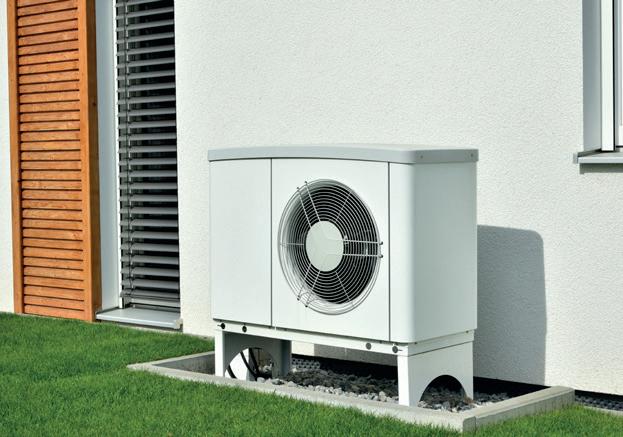
In the UK, if you’re not able to generate your own renewable energy, it’s now quite easy to switch to one of the best green energy suppliers without needing to install anything in your own home.
INSTALL AN ENERGY-EFFICIENT STOVE
Unlike open fires, which lose most of their heat straight up the chimney, wood-burning stoves are sealed to the room.
Choosing a wood burner idea over an open fireplace will result in you using less fuel and radiates the heat throughout the room efficiently. They’re a perfect solution if you’re looking for ways to make an old home more energy efficient.
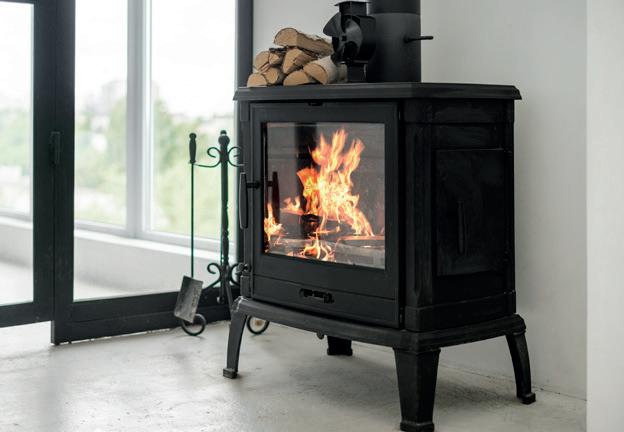
Try A Chimney Balloon
An inflatable chimney balloon can be a great way to seal it when it’s not in use to stop warm air escaping. Don’t use the fireplace at all? You can plug and seal the chimney flue.
You can also try a device such as the
Chimney Sheep to stop drafts. Made of a thick layer of felt, it can be inserted up the chimney when the fireplace isn’t in use and simply removed when you want to light a fire. If the fireplace is never used, you could opt for a chimney balloon instead.
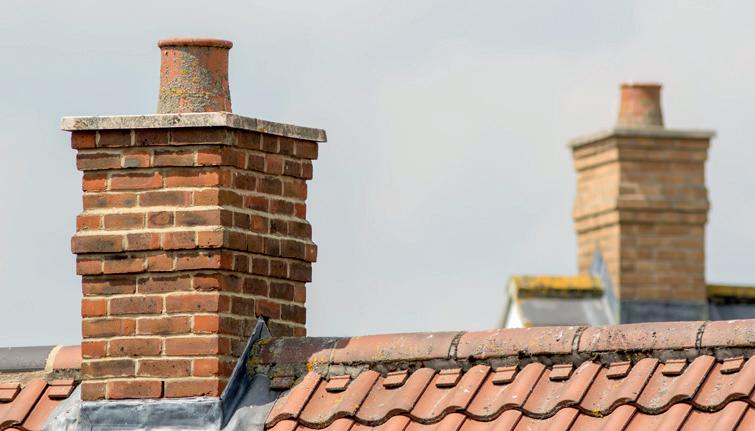
Insulate The Walls
When you’re thinking about how to save energy at home, investigate the potential of wall insulation.

In an uninsulated house, around a third of the heat will be escaping through the walls, so adding the right type of insulation can have a huge impact on the overall comfort of your home. If your property was built after around 1920, it’s likely that you’ll have cavity walls, which means you can have insulation injected into the empty space between the inner and outer brickwork. As this can usually be done externally, there’s mini- mal disruption to the property. According to the National Insulation Association, adding cavity wall insulation to a semi-detached home will cost around £475. Depending on the size of the house, internal wall insulation will range from £4,000 to £13,000, and external wall insulation from £8,000 to £22,000.
What will you save? Adding cavity wall insulation to a semi-detached home can save you up to £155 per year, and solid wall insulation can save up to £260 per year, according to research from the National Insulation Association.
THEN INSULATE THE FLOORS, TOO
You could make your rooms more comfortable as well as save energy with the right floor insulation.
How you approach the job will depend on whether it is a solid or suspended floor. A suspended wood floor needs both thermal in- sulation and draftproofing. A solid floor made from concrete might be improved with the help of insulating foam boards, or a floating wood floor or thermal underlay with a carpet.
For traditional solid floors, coir or other breathable floor coverings can help.
Reflect Heat From Radiators
Home with radiators? Fit enhancers behind them to reflect heat back into the room. In addition to preventing heat loss through the walls, this can save on energy bills and these are cheap to install.

You should make sure you keep them clean, too. ‘If your radiators aren’t in your weekly cleaning routine, then it’s time to add them,’ says Jordan Chance, heating expert from PlumbNation. ‘A buildup of dust can affect your health, allergies and your heating bill. Layers of dust in your radiator can prevent heat from escaping effectively, meaning your radiators will have to work harder to warm your room.’
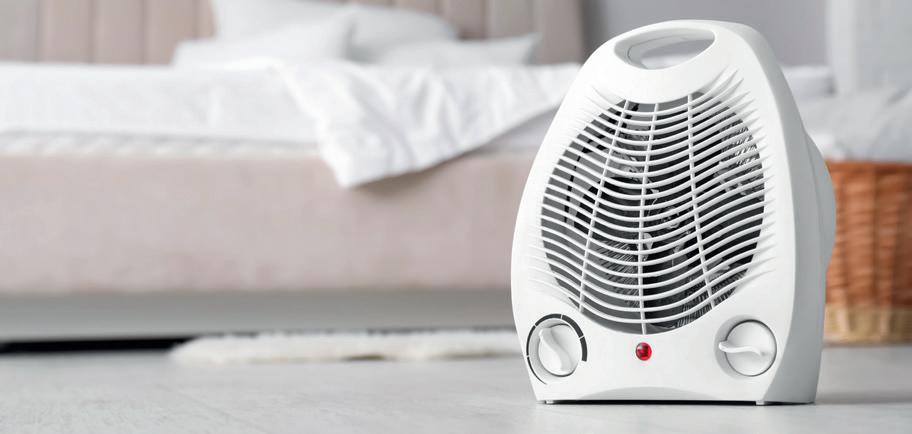
Get Clever With Curtains
Opting for curtains with a thermal or blackout lining can significantly reduce heat loss especially if you have single pane windows.
‘For best results, I suggest hanging the curtain rod at least 2 to 3 inches above the window frame and 2 to 3 inches to the outside of the window frame,’ says Angela Boswell, co-founder of The Drape. ‘This extends the barrier around the window to protect your interiors and energy bill.’

Insulate Floors Over A Garage
It’s a good idea to insulate floors above an unheated garage as part of your garage insulation strategy. ‘Installing continuous air and thermal barriers between an unconditioned garage and the conditioned spaces above can save energy and money, improve comfort, and safeguard indoor air quality,’ says the US Department of Energy.
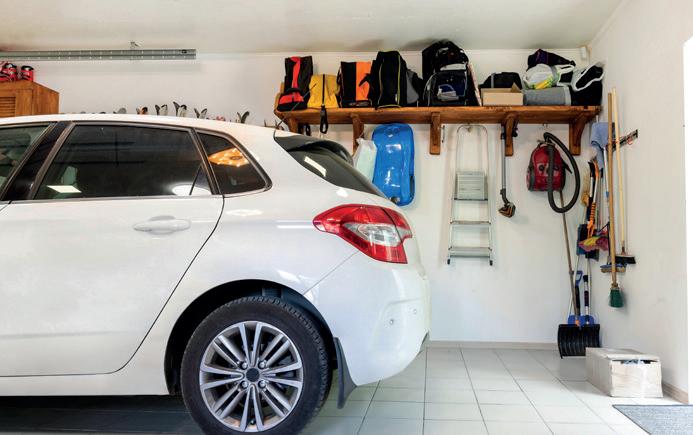
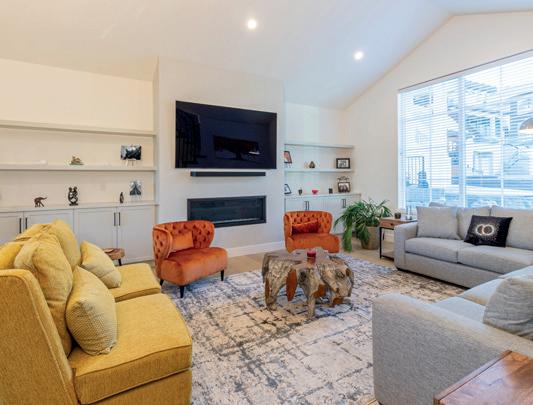
Make sure you deal with any air leaks before you fit insulation, though.
Try Small Space Heaters
Particularly in larger properties, heating the whole house when you’re using only one room – say a home office – for the majority of the day is not energy efficient.
To keep the room warm while you’re working from home, consider getting a small.
Go Dark With Exterior Paint
Think about the paint colors or render you use for the exterior of your home to save energy.
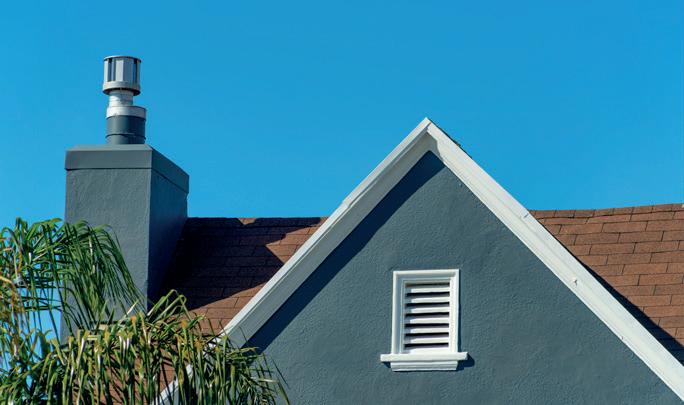
‘For the exterior, dark colored paints are good if you live in a cool climate,’ says Phillip Ash, founder of Pro Paint Corner. ‘Dark paint will absorb heat and keep your home warmer. If you live in a warm climate, go for the light paint.’






